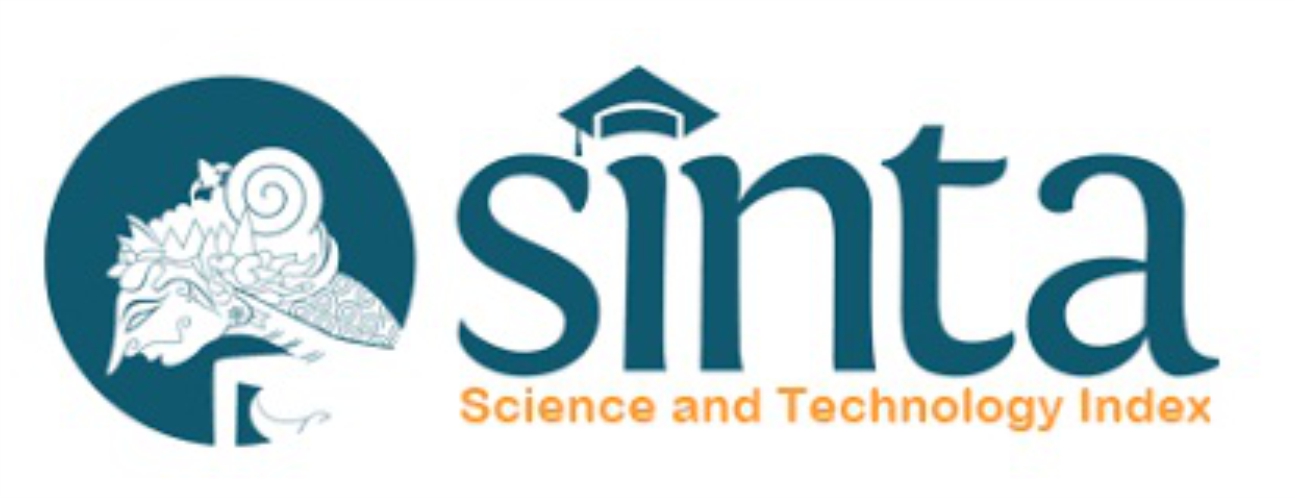Health Response of Hajj Pilgrims on the Quality of Health Services in Subdistrict of Pademawu Pamekasan
Abstract
The number of pilgrims of various ages and levels of education experience many health problems such as hypertension, respiratory infections and heart problems. From these problems encourage researchers to determine the response of prospective pilgrims to of health services in Pademawu Pamekasan. The object of this study is the pilgrims in Pademawu Pamekasan Regency. The purpose of this study was to determine the response of the pilgrims in Pademawu District, Pamekasan Regency. This research uses a quantitative approach by using questionnaire instrument for data collection. The sampling technique uses a total sampling population count of 70 pilgrims. The study was conducted in the District of Pademawu Pamekasan to the Hajj pilgrims in 2018. The results of the study of the pilgrims' response to the quality of service include the response of the pilgrims, health services cognitive, affective, conative, age and education levels. Overall, the response of the haj pilgrims to the quality of service on the cognitive aspect was 29.5%. In the affective aspect of 4.69%. In the conative aspect 2.05%. At the age factor of 4.51% and at the aspect of Education level as much as 2.19%. The quality of health services affects the response of the pilgrims to the cognitive, affective and conative aspects but is not influenced by the age and level of education of the pilgrims.
Keywords: health response, hajj pilgrims, health services
Full Text:
PDFReferences
Aldossari M, Aljoudi A, Celentono D.2019. Health Issues in the Hajj Pilgrimeage. A literature Review. EMHJ. Vol. 25. No 10-2019
Masdalina P, Sholah I, Qomariah, Kandun I N, Cook AR, Samaan G. 2013. Causes of Mortality for Indonesian Hajj Pilgrims: Comparison between Routine Death Certificate and Verbal Autopsy Findings. Plos one. https://doi.org/10.1371/journal.pone.0073243.
Hamouda M.2000 The state of health of the Hejaz, particularly from the point of view of pilgrimage. Bulletin Menssuel de I’Office International d’Hygiene Publique. 28:887–95.
Oman W. 1999. The Makkah pilgrimage. Its epidemiological significance and control. Postgraduate Medical Journal. 55:269–74
Shafi. S. Booy R.Haworth E. Rashid H Ziad A.Memish ZA. 2008. Hajj: Health lessons for mass gatherings. Journal of Infection and Public Health. Volume 1, Issue 1, 2008, Pages 27-32.
Rustika R, Oemiati R, Al Asyary, Rachmawati T. 2020 An Evaluation of Health Policy Implementation for Hajj Pilgrims in Indonesia. Journal of Epidemiology and Global Health Vol. 0(0); Month (2019), pp. 0–0 DOI: https://doi.org/10.2991/jegh.k.200411.001; ISSN 2210-6006; eISSN 2210-6014
Center of Health Hajj. Laporan Penyelenggaraan layanan kes¬ehatan jamaah Haji Tahun 2017 [Internet]. Jakarta: Center of Health Hajj, Indonesian Ministry of Health; 2017. vailable from: Http://www.puskeshaji.depkes.go.id/news/364/Laporan-Penyelenggaraan-layanan-kesehatan-jamaah-Haji-Tahun-2017 [cited December 21, 2018].
Sugiyono, 2013. Statistika Untuk Penelitian. Penerbit Alfabeta Bandung.
Hidayat AA. 2007. Metode Penelitian Kebidanan Teknik Analisis Data
Garman AN, Garcia J, Hargreaves M. 2004. Patient Satisfaction as a Predictor of Return-to-Provider Behavior: Analysis and Assessment of Nancial Implications. Qual Manag Health Care 2004;13:75-80.
Ibrahim A. Al-Hoqail, Abdelshakour M. Abdalla1, Abdalla A, Saeed,, Nasir A. Al-Hamdan1, Ahmed A. Bahnassy1. 2008. Pilgrims satisfaction with ambulatory health services in Makkah. Journal of Family and Community Medicine. December 2010 . Vol 17. Issue 3 . 135-140
Schwartz JS. 2017. in Clinical and Translational Science (Second Edition)
Wilkin D, Hallam L, Doggett MA.1992. Measures of Need and Outcome for Primary Health Care. Oxford University Press, Oxford, New York.
Peckham S, Exworthy M, Powell M. 2005. Decentralisation as an Organisational Modelfor Health Care in England. SDO, London.
Regmi K, Naidoo J, Pilkington PA, Greer A. 2009. Decentralization and district health services in Nepal: understanding the views of service users and service providers. J Public Health (Oxf) 32: 406-417.
Fegtnger L. 1950. Cognitive Consequences of Forced Compliance.
George MA. 2003. The cognitive revolution:a historical perspective Department of Psychology, Princeton University, 1-S-5 Green Hall, Princeton, NJ 08544, USA. TRENDS in Cognitive Sciences Vol.7 No.3 March.
RustikaR, OemiatiR, Al Asyary, Rachmawati T. 2004 An Evaluation of Health Policy Implementation for Hajj Pilgrims in Indonesia. Journal of Epidemiology and Global Health. DOI. https://doi.org/10.2991/jegh.k.200411.001
Wahjudi P, Maya Fahmi Putriana M F. 2014. Karakteristik dan Status Kesehatan Jamaah Haji Kabupaten Banyuwangi Tahun 2014. Jurnal IKESMA Volume 10 Nomor 1 Maret 2014
Eltahir AHH. 2000. Development of Health Services in Hajj Seasons. J Family Community Med. Jan-Apr; 7(1): 13–14.
Ahmed AA, Arabi YM, and Memish ZA. 2006. Health risks at the Hajj. Lancet. 2006 25-31 March; 367(9515): 1008–1015.
Wilder-Smith A, Earnest A, Ravindran S, Paton N.I. 2003. High incidence of pertussis among Hajj pilgrims. Clin Infect Dis. 2003;37:1270–1272.
DOI: https://doi.org/10.18860/jip.v5i1.9487
Refbacks
- There are currently no refbacks.
Copyright (c) 2020 Zainabur Rahmah, Avin Ainur Fitrianingsih, Lailia Nur Rachma, Lina Fitria Astari, Riskiyana Riskiyana
© 2023 Journal of Islamic Pharmacy













